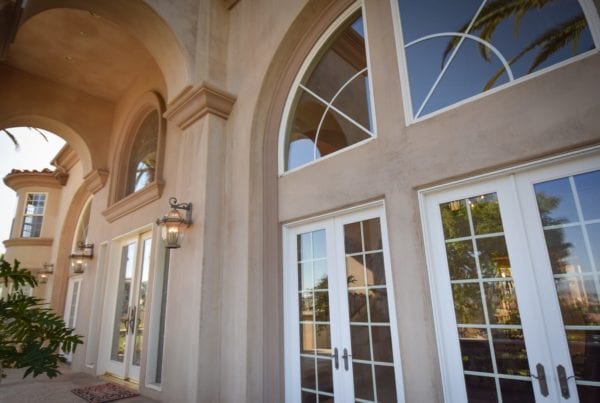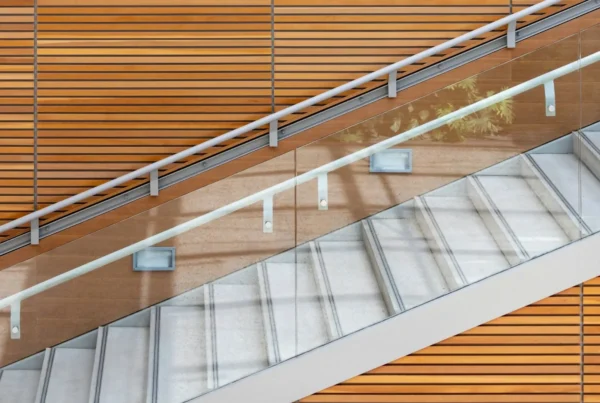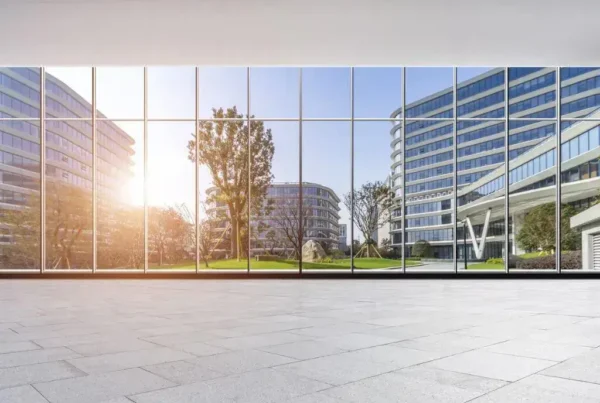The safety and security of students and staff in schools has always been a priority for districts, but with school violence steadily on the rise in the U.S., safety issues in schools are now firmly in the national spotlight.
Over recent years, tragic events have underscored the pressing need for schools to reassess their security measures from top to bottom.
Administrators are now tasked not only with fostering a positive learning environment but also with developing comprehensive school safety plans and implementing advanced security technology to protect their campuses.
Fortunately, by taking a multi-layered approach to school security, combining best practices and modern technology, schools can significantly reduce risks and create a safer, more secure environment for students and staff alike — without detracting from the main goal of educating.
11 Proven Strategies To Mitigate Safety Issues in Schools
1. Strengthen Physical Security with Riot Glass Security Glazing
One of the most effective ways to address safety issues in school is by installing Riot Glass polycarbonate or glass-clad polycarbonate glazing on windows and doors.
These virtually unbreakable glazing shields act as physical barriers to forced entry, providing unmatched access denial to protect school occupants from harm during a worst-case active threat scenario.
Riot Glass products combine polycarbonates, acrylics, laminated glass, and other composites to create crystal-clear yet highly durable security solutions. In other words, the security glazing won’t block out natural light, inhibit visibility, or otherwise detract from an open, inviting learning environment — but it will keep bad guys out of buildings and classrooms.
Depending on the product's specific composition, Riot Glass can be forced entry resistant, bullet resistant, or both, making it an ideal choice for schools looking to protect against active threats.
Additionally, these glazing shields can often be retrofitted over existing glass, making them a cost-effective, minimally disruptive upgrade.
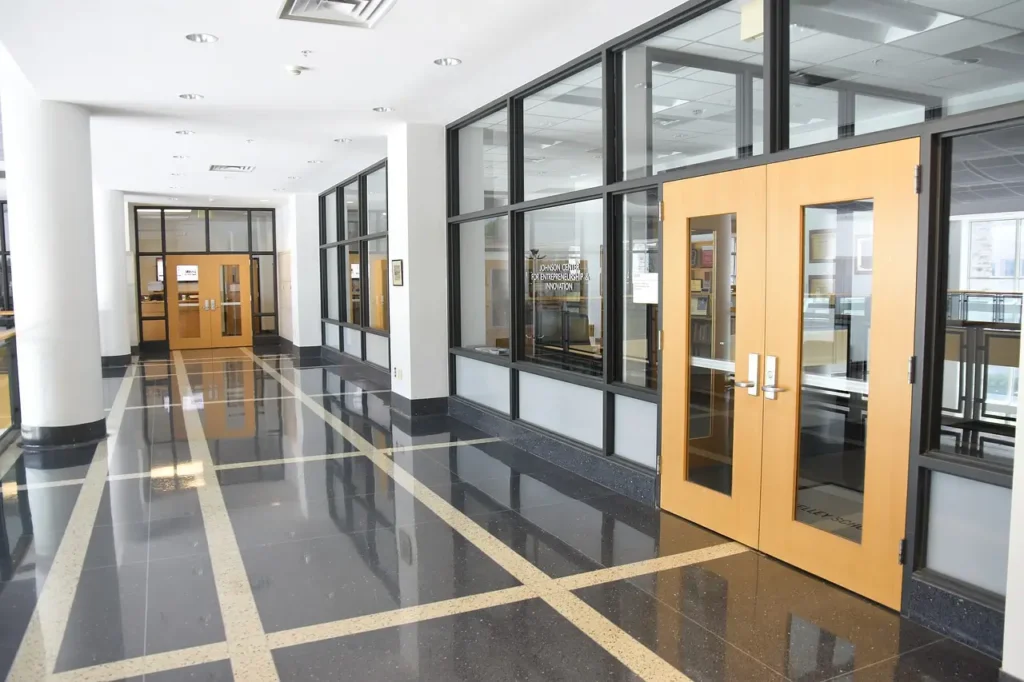
2. Secure the Perimeter with High-Quality Fencing
A well-secured school perimeter is essential for preventing unauthorized individuals from gaining access to school grounds. High fencing, at least eight feet tall, serves as a critical first line of defense.
Perimeter fencing not only helps control who enters school property but also makes it easier to monitor and manage access points. Combined with surveillance systems and other measures, fencing enhances the overall security of the campus.
3. Implement Advanced Access Control Systems
Designating a single primary entryway and equipping it with access control systems is another key strategy for addressing safety issues in school.
These systems can include:
- Keycard-controlled entry systems (access credentials can be integrated with school IDs, for example)
- Biometric scanners (provide a higher level of access control than physical credentials)
- Visitor management systems (e.g., a strict check-in system for all visitors)
Having trained personnel, such as school security guards or resource officers, monitoring the main entrance further ensures that only authorized individuals gain access to school buildings. It also makes it easier to spot and respond to suspicious activities or individuals before they evolve into a more serious threat.
Keep in mind that doors are only as secure as any adjacent glazing (windows). School access control systems should always be accompanied by forced entry-resistant security glazing to prevent a would-be intruder from simply breaking a pane of glass to open a door from the inside.
4. Use AI-Integrated Surveillance Systems
While surveillance cameras alone cannot prevent safety incidents, monitored systems equipped with modern AI-driven security technology can play a significant role in mitigating safety issues in schools by helping prevent incidents.
Schools should install cameras at critical points, including:
- Perimeter fencing and gates
- Exterior doors and windows
- Common areas like playgrounds, cafeterias, hallways, and stairwells
Modern surveillance systems powered by artificial intelligence can analyze video feeds in real-time, detecting suspicious behavior and alerting security personnel or other staff to potential threats before they escalate.
5. Conduct Regular Lockdown Drills
Lockdown drills are vital for ensuring that students and staff know how to respond effectively to emergencies, from active threats to natural disasters.
Schools should hold drills at least twice a year, ideally at the start of each semester. Collaborating with local law enforcement and first responders during these drills ensures that emergency plans are as realistic and effective as possible.
When implemented alongside physical, always-there security measures, like Riot Glass security glazing and advanced access control systems, lockdown drills greatly improve the overall safety profile of a school.
6. Develop an Anonymous Reporting System
Creating an anonymous reporting system is another effective way to address safety issues in school. This allows students, staff, and community members to report concerns such as bullying, harassment, or potential violence without fear of retaliation.
Schools can establish online reporting portals or standalone apps to make this process secure and straightforward. Encouraging a culture of open communication helps prevent incidents before they occur.
7. Train Teachers and Students to Recognize Threats
Early intervention is critical for addressing safety concerns in schools. Training programs can teach students, teachers, and staff to identify warning signs of potential threats, such as unusual behavior or statements that may indicate harmful intent.
Extending this training to parents and community members further strengthens the network of vigilance, ensuring that any warning signs are reported promptly.
8. Provide Mental Health Resources
Addressing safety issues in schools isn’t just about improving security — mental health plays a critical role in ensuring safety.
Schools should provide access to mental health resources, such as on-campus counselors, peer support programs, and partnerships with community organizations.
These resources help students manage stress, identify emotional challenges, and address underlying issues that could escalate into more serious safety concerns.
9. Create an Emergency Alert System
Emergency notification systems are a vital tool for responding to safety issues in schools. These systems send instant alerts to staff, students, law enforcement, and parents during incidents that trigger lockdowns or other emergency responses.
Automated emergency alerts ensure timely communication and a quick response. Schools can customize these systems to include text messages, app-based notifications, and loudspeaker announcements for maximum reach.
10. Involve the Community in School Safety Issues
School safety is a shared responsibility, and engaging the school’s wider community can serve to strengthen security efforts.
Parents, local security businesses, and law enforcement can collaborate to support safety measures through shared expertise and awareness.
Community involvement also fosters a culture of vigilance and accountability, creating a safer environment for everyone.
11. Conduct Safety Audits and Maintenance of School Security Systems
Regular school safety audits are essential for ensuring that security measures remain effective over time.
These audits evaluate physical security features, like fencing, cameras, and doors, as well as technological systems such as alarms and access control systems, identifying any vulnerabilities that need addressing.
Schools should also establish maintenance plans to address regular wear and tear or technological updates, preventing vulnerabilities before they arise.
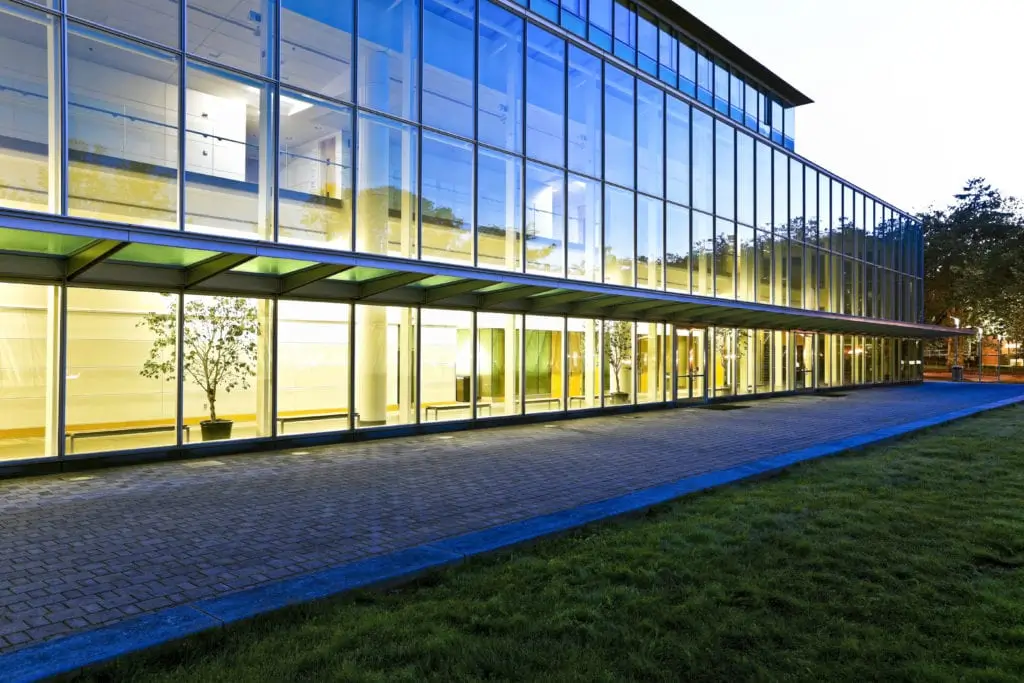
Where Should Districts Start to Improve Security and Address Safety Issues in Schools?
Implementing all the measures we outlined above provides a strong foundation for mitigating safety issues in school. However, every campus is unique, and a professional threat assessment is often the best place to start.
A threat assessment security expert can thoroughly evaluate school facilities, interview staff, and identify vulnerabilities, offering actionable recommendations tailored to the school’s specific needs and budget.
Protect Your School with Riot Glass
At Campbell Glass and Films, we specialize in providing schools with cutting-edge Riot Glass security glazing solutions to fortify their facilities against potential threats without making them look fortified.
With our expertise, you can create a safer physical environment for students and staff without compromising on the aesthetics or functionality of your school’s windows and doors.
Contact us today for a free consultation or for help with scheduling a professional threat assessment. Let’s work together to tackle safety issues in school and safeguard your campus against all security threats!

